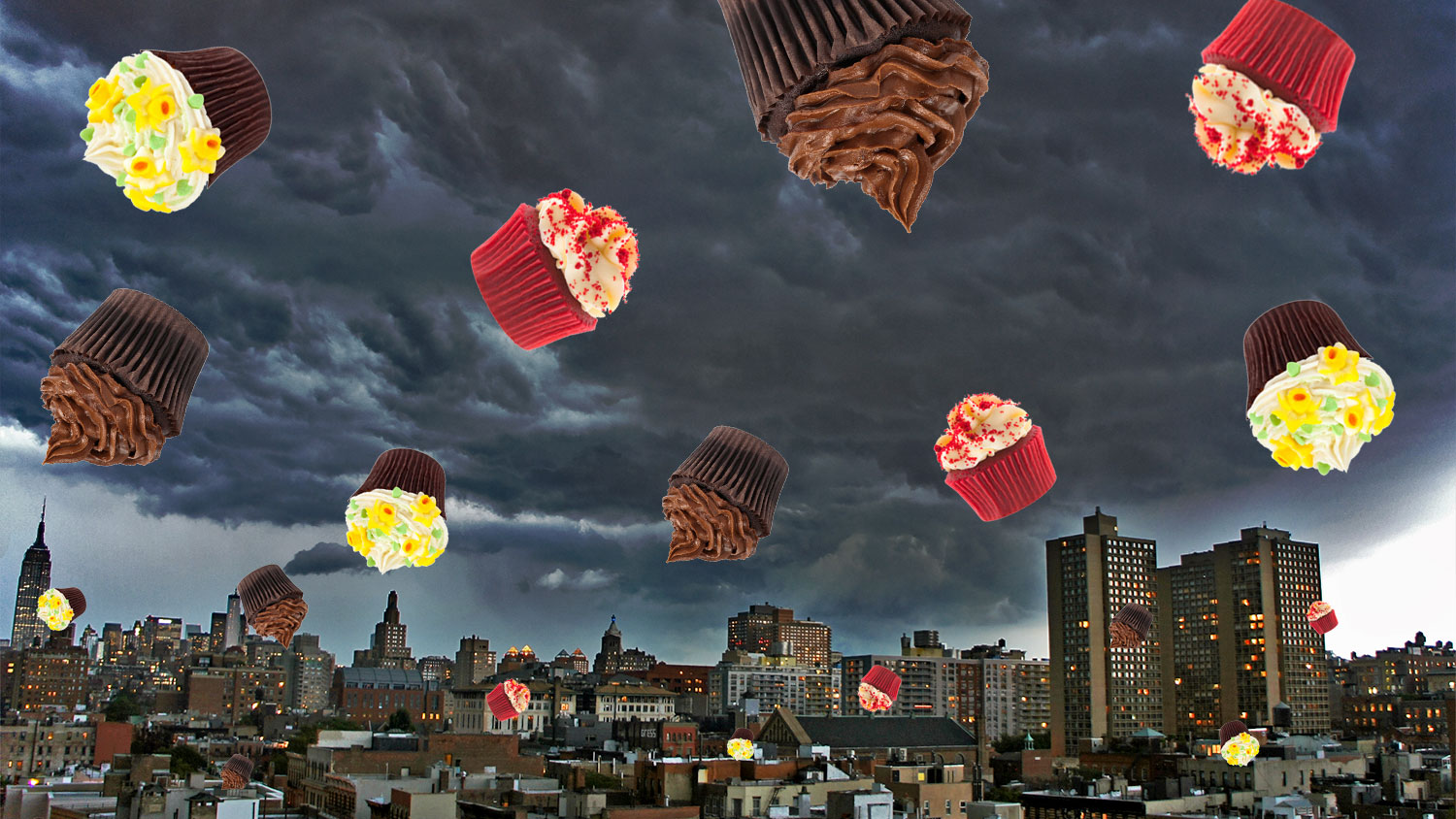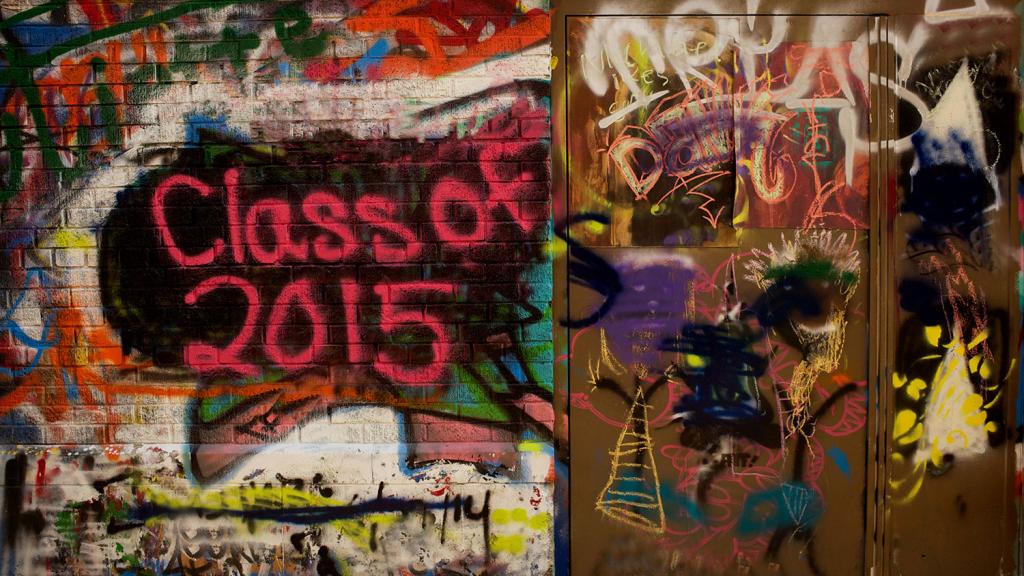There’s no greater gentrifier than climate change, and that’s no matter whether you think gentrification is a good or a bad thing. If you define it as displacement of people of color and the poor, climate change got that covered. If you define it as neighborhood improvement, climate change will turn your town tabula rasa and then draw all sorts of public, private, and philanthropic funding to pay for an extreme makeover.
Even if you believe gentrification is not a problem, because poor African Americans and Latinos get displaced more often than not by economic instability, there’s still nothing that will clear out a community faster than a natural disaster. As former Louisiana state Rep. Richard Baker said after Hurricane Katrina, “We finally cleaned up public housing. We couldn’t do it, but God did.”
In an interview with Gawker last week, New Orleans real estate developer Pres Kabacoff explained just how gentrification payed out after the storm — and the bizarre thinking that the gentrifiers used to justify it:
… the cold truth is, if you’re going to revitalize a neighborhood that’s in bad shape or where market rate won’t go — because the amount of crime, the amount of poverty, or the amount of minorities, or whatever keeps market rate uncomfortable moving there — one of the realities is that when the market rate [comes] in, those people move to another neighborhood. It’s a pain in the ass, but they move.
That’s a concern for artists, too. One of the things were were able to do with Bywater [New Orleans’ most gentrified neighborhood] after the storm was create an affordable housing development [that] preferred artists. The federal government said, you can’t do that because they’re not a protected class like race. So we went to Congress and changed the law.
There are many problems with Kabacoff’s analysis: He never takes into account what puts neighborhoods in “bad shape” to begin with, nor how the things that put them in bad shape get exploited for the profit of developers like himself. For him, crime and poverty just kinda happen, like shit, and then people just get moved around as a mere inconvenience. If that’s not enough, he gets to change laws meant to protect those who’ve been the victims of structural racism. How’d he do that? With the help of a “storm,” the likes of which climate change promises to deliver even more of in the coming decades.
Continued destabilization of the climate is certain to reciprocate the same kind of unstringing for communities below, leading to deeper racial and economic inequities, and more crime and poverty. “The greater the number of lower-income housing units that are lost and not replaced in any given area, the more likely poverty concentrations will increase in other parts of a city or region,” wrote the Brookings Institution’s Alan Mallach five years ago in his report, “Managing Neighborhood Change: A Framework for Sustainable and Equitable Revitalization.”
It doesn’t have to be that way, though. If factors like climate change vulnerability and racism are seriously accounted for, developers can rebuild neighborhoods in ways that don’t have to engender displacement and other unintended tragic consequences. And they don’t have to wait until after disaster strikes to start considering these things. They can start identifying these factors now, before the storms and droughts come.
There are plenty of tools out there to help planners and developer navigate these issues. One of the most recent is the NAACP’s Equity in Climate Adaptation Planning report, which helps identify a long list of community vulnerabilities and assets that should be thoroughly examined before re-forming a neighborhood. It suggests that developers take a whole host of factors into account, not only when rebuilding after a disaster, but before the disaster strikes. Those include:
- whether homes are in flood plains, are flood proof, or have a flood clause in their homeowners’ insurance
- how many farmers’ markets or grocers exist per capita
- evacuation routes
- air quality
- homes within a 10 mile radius of a nuclear reactor/chemical plant, hazardous facilities, or brownfields
- inclusive governance with appropriate representation in stakeholders given meaningful authority
- extent to which decision makers match the demographics of the community make-up
- community knowledge of disaster services, protocols, and financial literacy
religious/cultural ties to land/water
Reads the report:
Too often research designs only consider one or two variables. But in order to effectively strengthen resilience, plans must consider intersecting vulnerabilities, and outcomes for adaptation planning must also be comprehensive. This set of indicators should be used to spark an in-depth analysis at the local level of what are the factors that truly make the local residents vulnerable to the effects of climate change and what variables must be evaluated to declare success in implementing equity-based adaptation planning.
There’s another way these indicators can be used. In the current edition of Foreign Affairs, political science professors Fredrick C. Harris and Robert C. Lieberman proposed applying “stress tests,” similar to those required by banks under the 2010 Dodd-Frank Act that diagnose banks’ vulnerabilities and evaluate how well they can absorb economic shocks.
These “racial-equity stress tests,” wrote Harris and Liberman could be used:
to assess the adverse effects of distorted markets on African Americans—treating certain retail sectors, rather than individual companies, as institutions. For instance, tests could estimate the health costs of living in a community saturated with fast-food restaurants and the impact of potential policy interventions on reducing such vulnerabilities. This line of inquiry could help policymakers assess the likely effects of specific interventions, such as state or federal tax incentives that might encourage more grocery stores and restaurants that serve healthy food to open in specific neighborhoods. Alternatively, officials could consider regulations that would require a certain ratio of grocery stores to fast-food outlets within certain areas or zoning policies that would explicitly limit the concentration of fast-food chains.
This sounds like an idea worthy of exploration, but for that, you have to accept racism is a real component of what made neighborhoods “bad” or vulnerable to begin with. What Kabacoff said above is tough, but it wasn’t even the worst of what he had to say. He also told Gawker:
In terms of race, black people in [New Orleans] have less money. When neighborhoods revitalize, I think it chases all the poor out, and in our city the poor are almost all black, so it’s more a coincidence. And there is probably some racism involved in that. That’s the downside of neighborhood improvement. But if the solution is don’t allow people to sell or improve their houses, then you haven’t done that neighborhood any good.
Hell yeah there was some racism involved in that, not coincidental, but by design with plenty of help from government agencies, which financially incentivized white flight from cities while redlining the African Americans left behind into zones of disinvestment and neglect. As Seton Hall University law professor Rachel D. Godsil wrote last year in her article, “Autonomy, Mobility, and Affirmatively Furthering Fair Housing in Gentrifying Neighborhoods”:
Government played a significant role in creating the conditions that led to the harms to in-place residents; therefore, government at the city and federal levels ought to lead the effort to eliminate the aspects of gentrification that generate the most intense opposition.
Godsil argues that the U.S. Department of Housing and Urban Development (HUD) can play a huge role in correcting these problems, mainly through stronger enforcement of civil rights housing protections — which is why the recent Fair Housing Act case currently being reviewed by the U.S. Supreme Court is so important. As for climate change vulnerability, HUD’s $1 billion national disaster resilience competition is a good place to put these equity indicators and stress tests to work, for empowering those who’ve historically been the least protected in both natural and economic disasters. Developers like Kabacoff might not want to have to deal with these kinds of problems — among the poor and African Americans — but ignoring them won’t help cities overall weather these upcoming storms.



